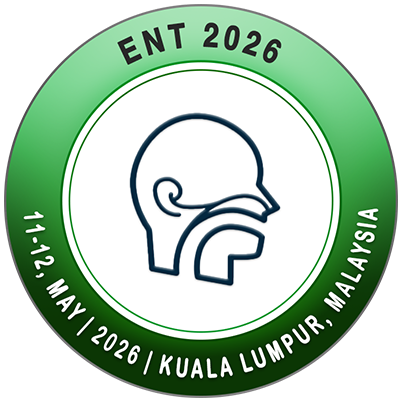
Abdiqadir Omar Mohamed
Hull University Teaching Hospital, UKPresentation Title:
T he efficacy of indocyanine green fluorescence in facilitating thoracic duct visualization and mitigating injury in cervicothoracic surgery: A systematic review and meta-analysis
Abstract
Introduction: Chyle leak following injury to the Thoracic Duct (TD) is an uncommon but serious complication of
cervicothoracic procedures including neck dissections and oesophagectomies, resulting in significant morbidity and
mortality. Traditional methods including lymphangiography and lymphoscintigraphy are inherently limited. The
objective of this study was to investigate the efficacy of Indocyanine Green Fluorescence (ICG) in facilitating TD
visualisation and mitigating injury in cervicothoracic surgery.
Methods: A systematic review and meta-analysis were conducted following the Preferred Reporting Items for Systematic
Reviews and Meta-analyses (PRISMA) statement. Electronic databases were searched to identify randomised controlled
trials, non-randomised controlled trials, and observational studies assessing ICG for TD visualisation in cervical
and thoracic surgeries. The primary outcome was TD visualisation using ICG. Secondary outcomes included intra
operative and post-operative chyle leak detection rates, visualisation rate in white light, and mean time from injection
to visualisation.
Results: Twelve studies enrolling 349 subjects met inclusion criteria. TD visualisation rate was 93% (standard error
0.013, P<0.001). Visualisation in white light was lower at 54.3% (standard error 0.065, P<0.001). Intra-operative chyle
leak detection using ICG was higher compared to no ICG use: 74% (standard error 0.047, P<0.001) vs 17.5% (standard
error 0.086, P=0.043). ICG use lowered post-operative chyle leak from 10.1% (standard error, P<0.001) to 3.9% (standard
error 0.021, P=0.061), although odds ratio analysis showed negligible difference (OR 0.445, P=0.314). Mean time from
ICG injection to TD visualisation was 83.94 minutes (P<0.001), shorter at 60.78 minutes with inguinal administration.
Conclusions: ICG offers effective TD visualisation in cervicothoracic surgery, potentially reducing intra-operative
complications and adverse sequelae from duct injury. Further high-quality randomised controlled trials are required.
Biography
Abdiqadir Omar Mohamed is an otolaryngology trainee based in the UK. He graduated from the University of Nottingham Medical School and
holds a BSc in Audiology from University College London. He has a special interest in head and neck surgery and continues to actively engage in
clinical research, with recent work focused on improving surgical outcomes through innovative technologies such as indocyanine green fluorescence
imaging.


